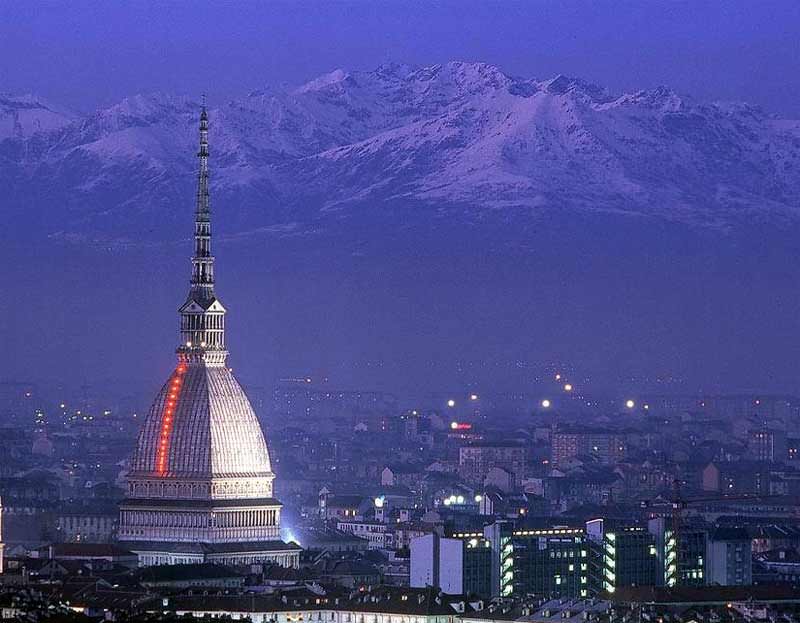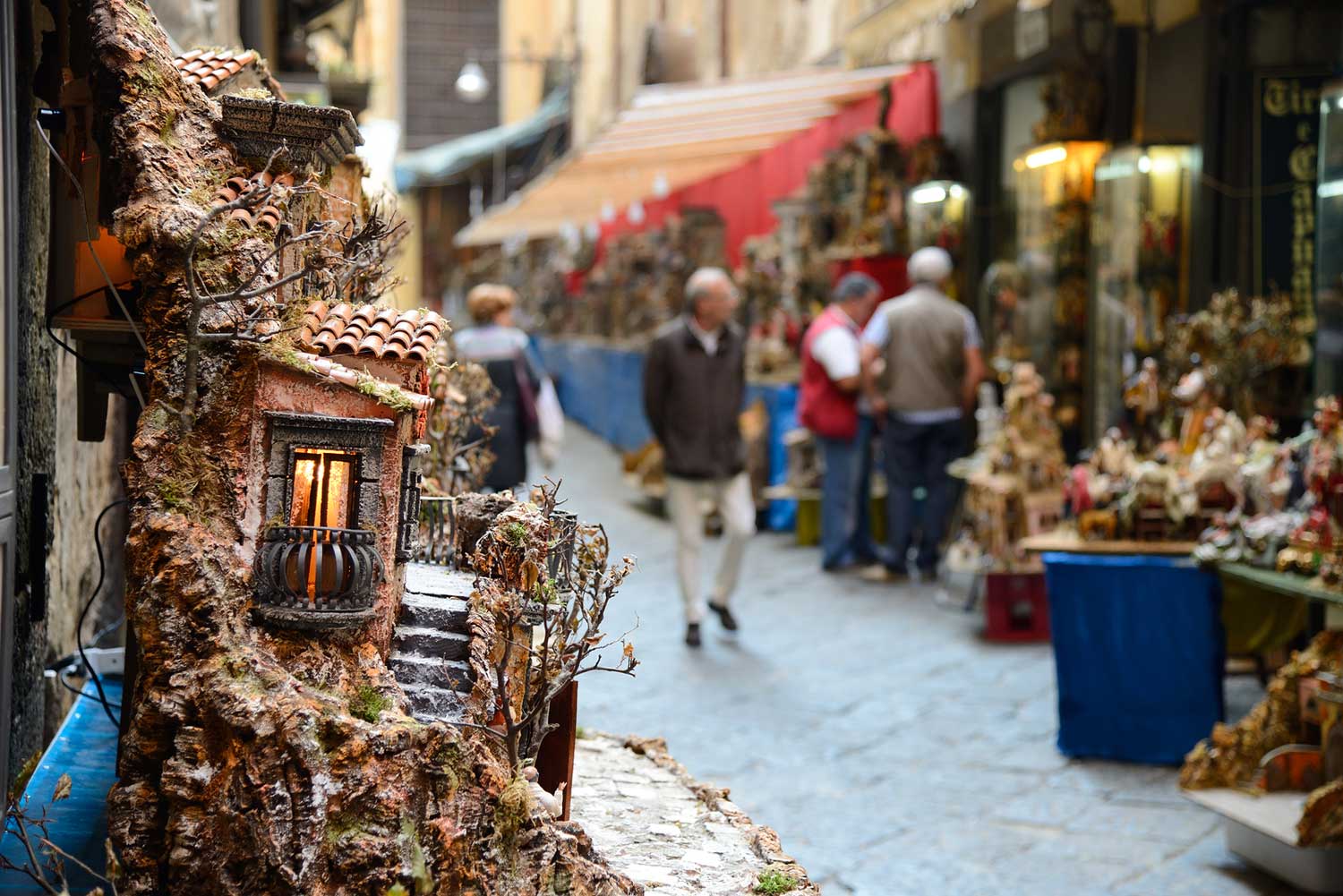
Il Presepe a Napoli
Luci, suoni, colori, immaginazione, arte, passione, tradizione.
Questa è l’atmosfera in cui si viene avvolti in Via San Gregorio Armeno a Napoli nel periodo di Natale.
In questa via famosa in tutto il mondo, ci sono i più grandi artigiani che ricreano nel presepe, tutta la magia di quei giorni e quella notte di 2000 anni fa. Il 25 Dicembre: la notte della nascita di Gesù.
Passeggiare per San Gregorio Armeno, per un napoletano è una tradizione ma per un turista che visita Napoli è una tappa obbligata.
Non solo nei giorni dell’Avvento ma anche durante tutto l’anno. Anzi, è proprio durante il resto dell’anno che è anche possibile ammirare gli artigiani che nelle loro botteghe si dedicano alla realizzazione di queste vere e proprie opere d’arte.
Quest’arte, infatti viene tramandata di generazione in generazione sempre conservando la tradizione, la cura e la passione nella realizzazione dei personaggi più legati all’evento sacro ma anche inserendo personaggi o eventi più attuali e non sempre religiosi ma che lasciano un segno non solo nel popolo napoletano ma in tutto il mondo.
Quando un personaggio contemporaneo, diventa protagonista e soggetto di una nuova statuetta del presepe profano di San Gregorio Armeno, è come se avesse apposto un sigillo al raggiungimento della sua notorietà.
Grazie alle capaci mani, fantasia, ironia di questi artigiani napoletani, i personaggi famosi diventano
pastorelli di questi moderni presepi.
Nei presepi di Via San Gregorio Armeno, potrai, quindi fare veramente un viaggio nel tempo.
Non perdetevi questa tappa.
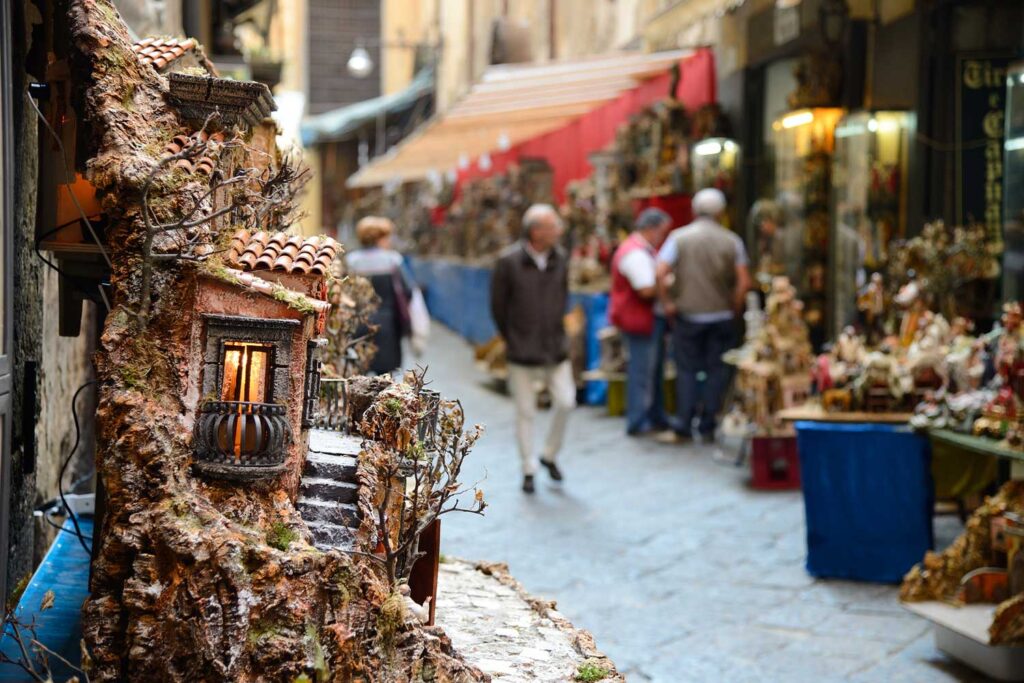
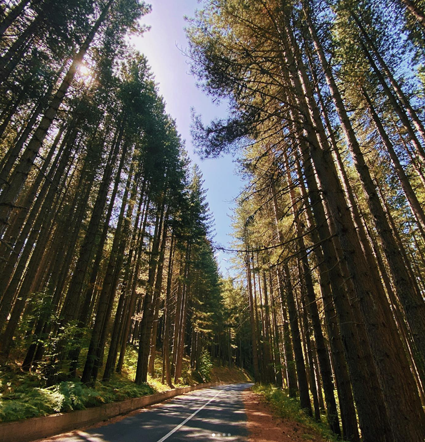
Il Bosco dei Giganti della Sila
“Who plants a tree plants a hope,” goes a verse by the American poet Lucy Larcom, and the Mollo barons have planted many hopes when, in the 1600s, they decided to create one of Italy’s most beautiful monumental forests.
The Giants of Fallistro represent an invaluable natural heritage. This biogenetic reserve primarily houses larch pine trees (there are about sixty specimens), real monuments: imposing and spectacular, they reach up to forty-five meters in height and have a diameter of about two meters at the base. Being in front of these centuries-old wonders is an unforgettable experience; indeed, it is a fundamental stop for those who decide to visit the Sila National Park.
We are in Spezzano della Sila, in a protected natural area, where everything is left to the mercy of nature and its laws. The Giants of Fallistro Reserve (established in 1987) is special because human intervention is limited: nature takes its course, trees are born, grow, and fall without human interference, everything regenerates, following the perfect cycle of life. Since 2016, this centuries-old forest has been managed by FAI – Fondo Ambiente Italiano, a non-profit foundation that is committed to enhancing, protecting, and safeguarding Italy’s natural and cultural heritage.
Visiting these green giants is done in the company of specialized guides, and the FAI manager, Simona Lo Bianco, who reveals the secrets of each tree, especially the oldest ones (some of which are up to 350 years old). Their sight arouses curiosity and amazement: you can spot several details such as a huge fallen larch pine, affectionately renamed “pinosaurus,” for its shape reminiscent of an old dinosaur. Or cavities dug into the trunks, where you can enter as if they were small caves, signs left by “slupatura,” a practice that allowed the collection of resin, used in the past in cosmetics and to fuel torches.
Not only flora but also fauna, in fact, with a bit of luck, you can meet among the trees the Calabrian black squirrel (Sciurus Meridionalis), a native species of Calabria and Basilicata. This forest represents the typical Calabrian jungle, a natural colonnade where you can come into contact with the soul of the territory, on a journey through time, discovering a natural paradise, in the heart of Calabria.
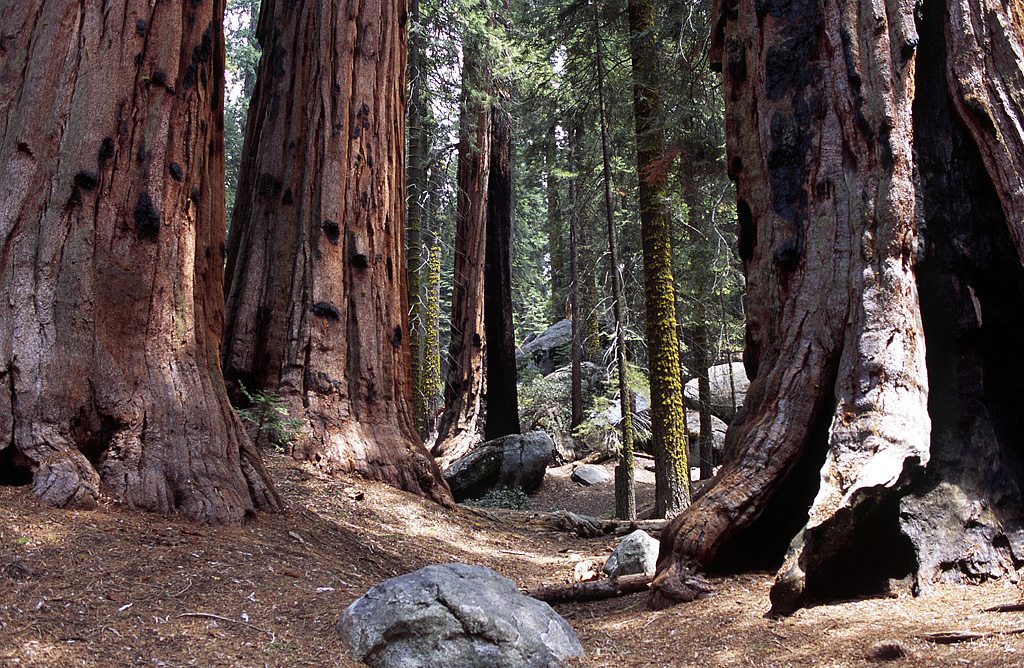
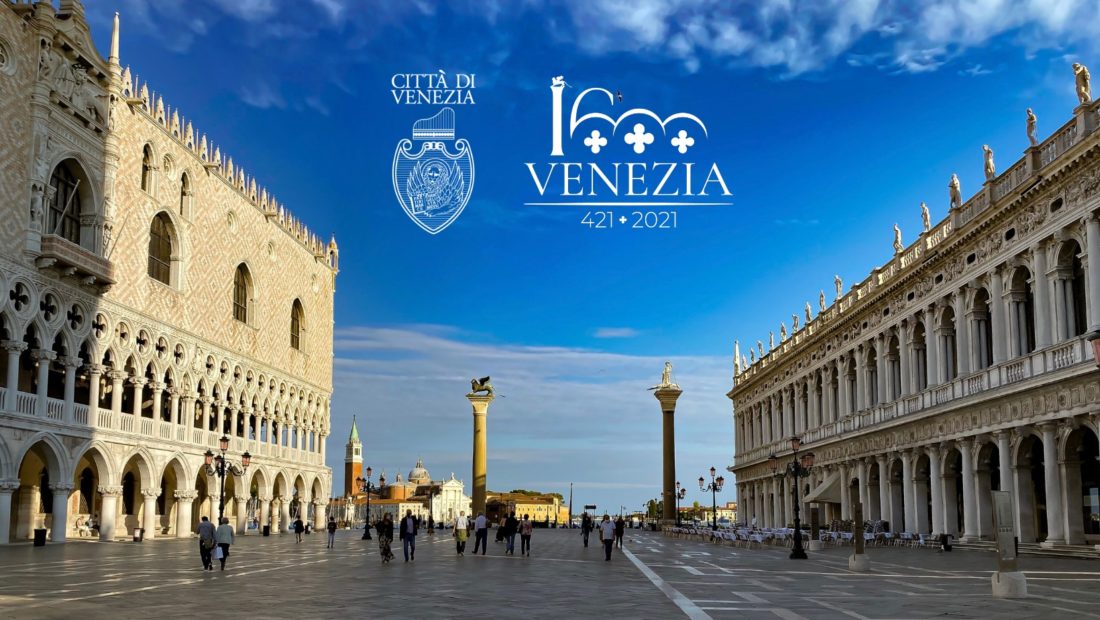
Venice celebrates its 1600th anniversary.
Venezia, originally a series of settlements on islands in the Venetian lagoon, was traditionally founded on March 25, 421 AD, with the foundation of a church in honor of Saint James of Rialto on the island of Rialto. However, the city of Venice began to develop and expand over the following centuries, becoming one of the most powerful and influential maritime republics in the Mediterranean.”
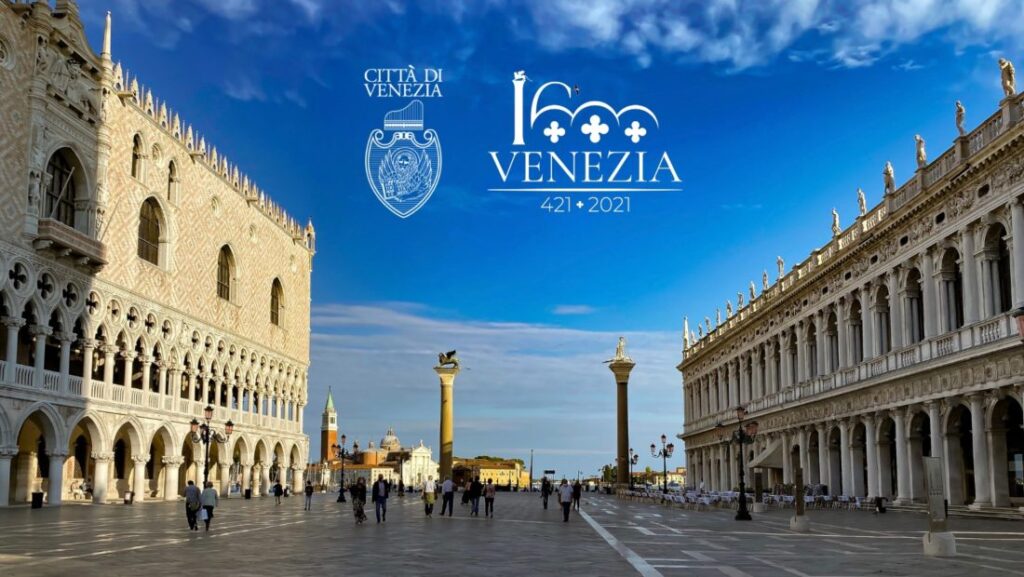
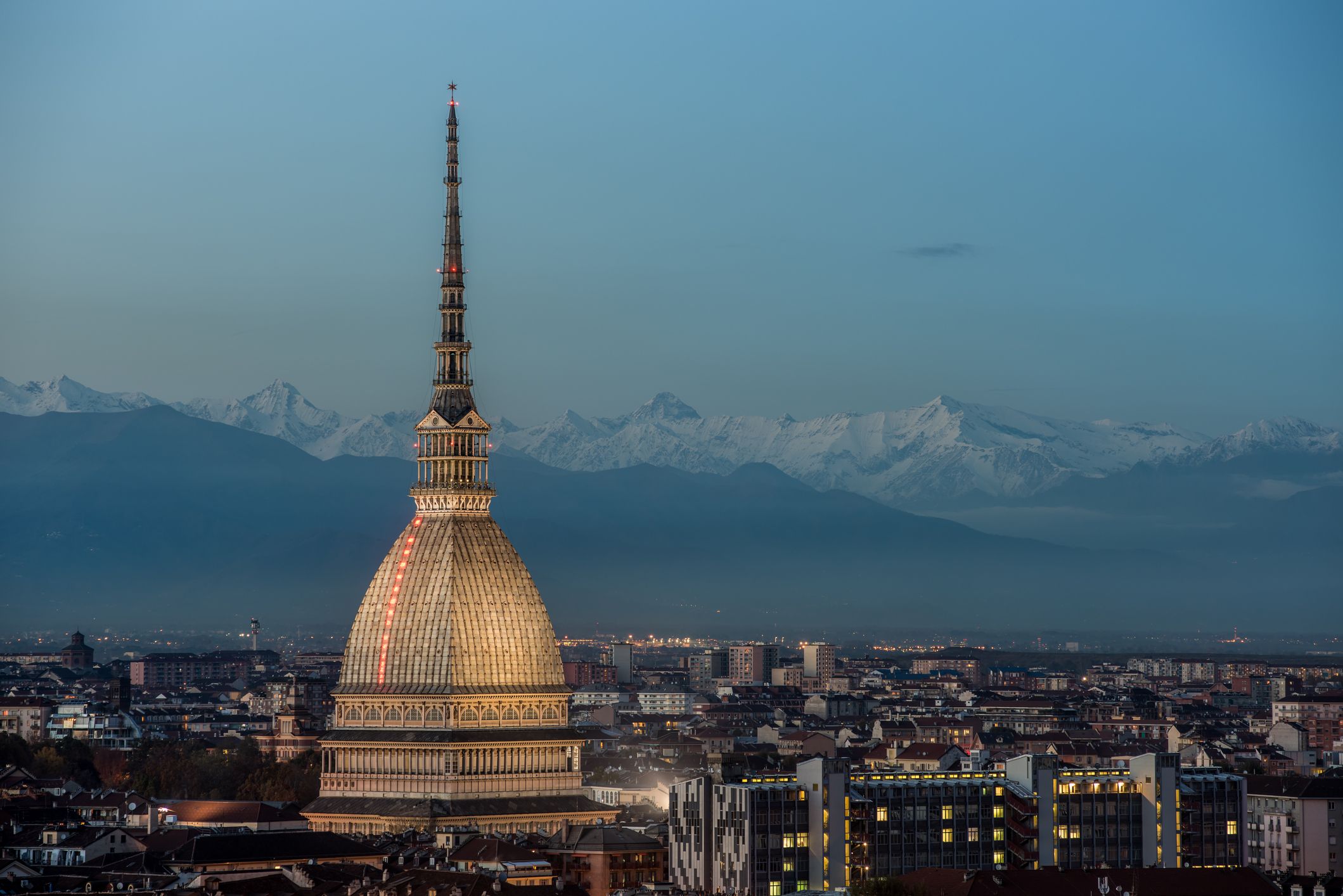
TURIN
Since 2006, the year of the Olympics, the city has undergone a transformation from its industrial identity linked to the FIAT brand.
In preparation for the Olympics, it revived its historical, artistic, and cultural heritage, managing over time to capitalize on all the work done and finally giving the city a tourist identity.
Turin now stands as a great alternative to other Italian cities such as Florence, Rome, and Venice, boasting important museums such as the Egyptian Museum, the Royal Palace, the Sabauda Gallery, the Automobile Museum, the Cinema Museum, the Shroud, and the Mole Antonelliana, just to name a few.
The city’s underground Roman remains, its Liberty style architecture, the scenic backdrop of the hill with the Basilica of Superga, and not forgetting the Reggia di Venaria are other significant stops on a visit to the city.
Turin offers so much to see and so many experiences to live that one visit is not enough.
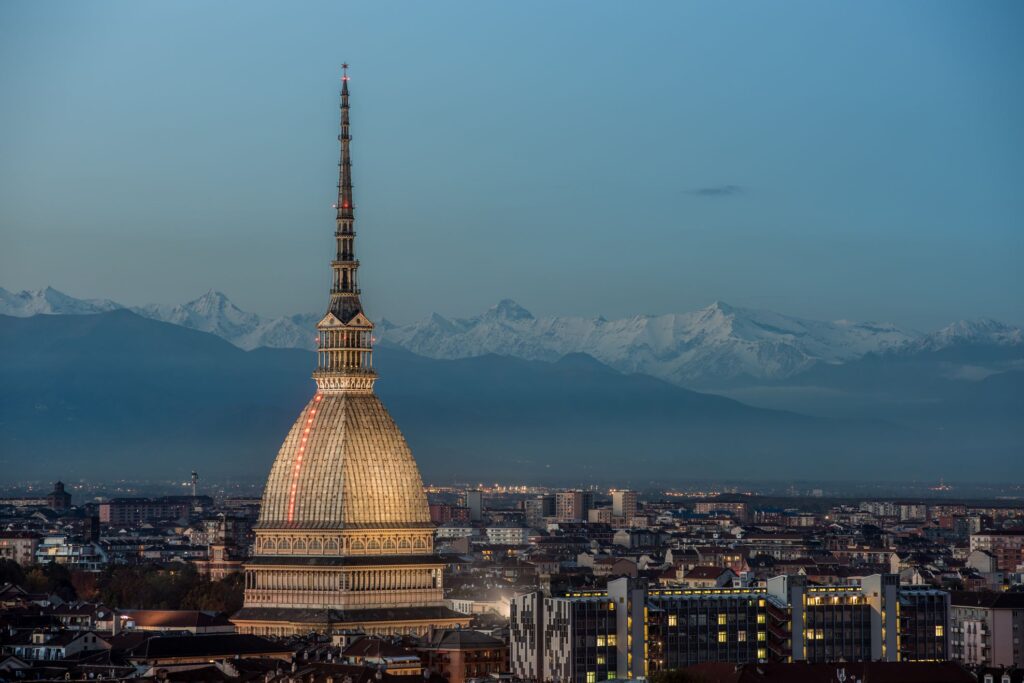
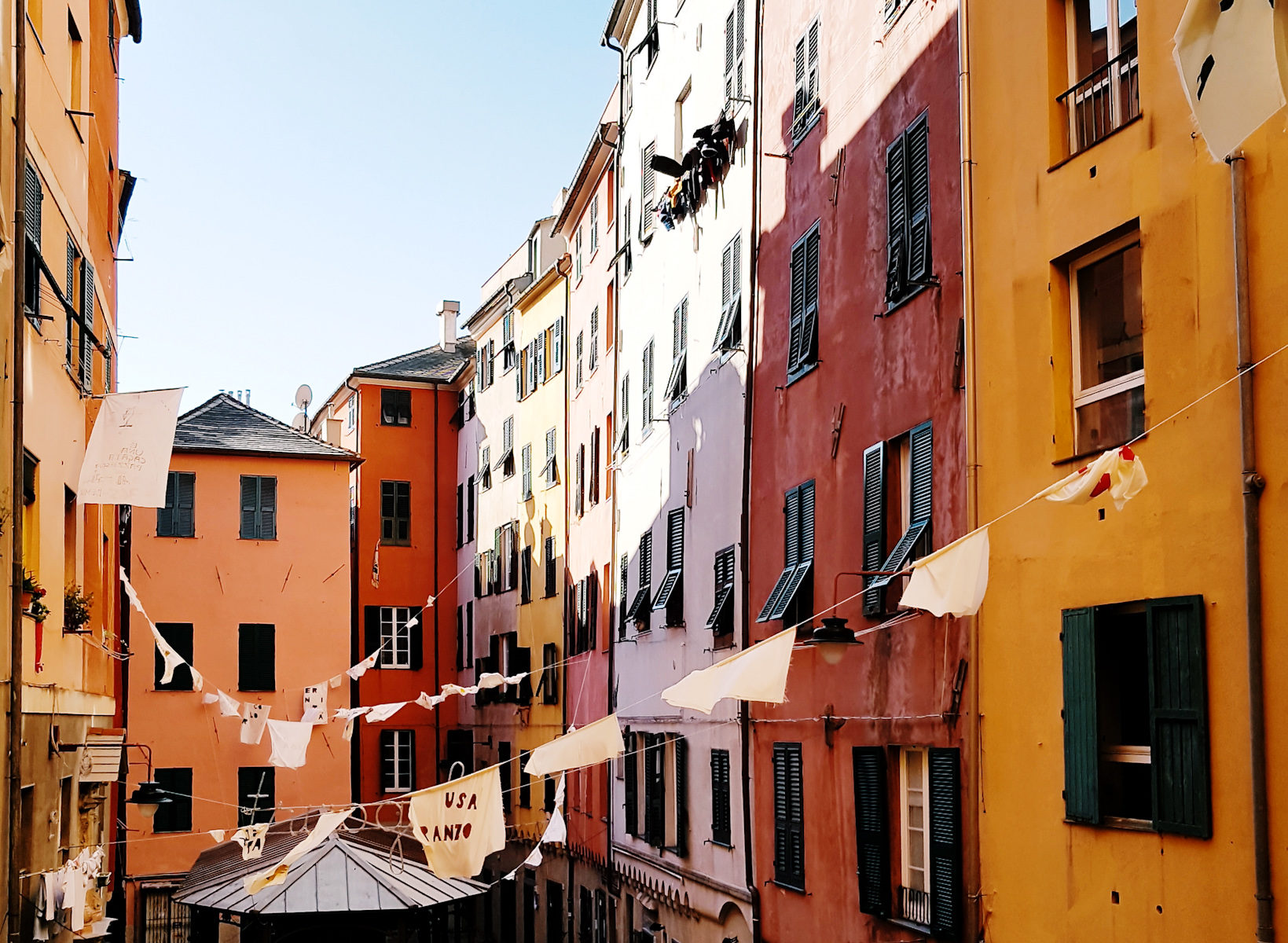
GENOA – The Lighthouse and the Alleyways
Today the capital of Liguria, but once one of the Maritime Republics. From 1099 to 1797, Genoa was a major naval power not only in the Ligurian Sea but throughout the entire continent. Its splendor is evident in its fortifications, villas, and palaces.
In the intricate maze of mysterious alleys (caruggi), the historic center thrives as the cradle of a cultural, artistic, musical, scientific, and academic hub. It also hosts important international trade fairs such as the Nautical Trade Show.
In its culinary tradition, Genoa is renowned for its pesto, a sauce made from basil, pine nuts, and strictly Ligurian olive oil.
The port has always been one of the main crossroads not only for goods but also for people and, consequently, diverse cultures. Poets, writers, and singer-songwriters have also passed through here, finding inspiration in the fascinating landscape nestled between the sea and the mountains.
One of the places to visit is the House of Genoese Singer-Songwriters to understand how the city has influenced Italian music.
In Genoa, there is more to see than just the Aquarium. Perhaps less known but no less impressive is the panoramic viewpoint reached by the Spianata Castelletto Elevator, and how could one miss a visit to the Lantern Museum, a symbol of the city?
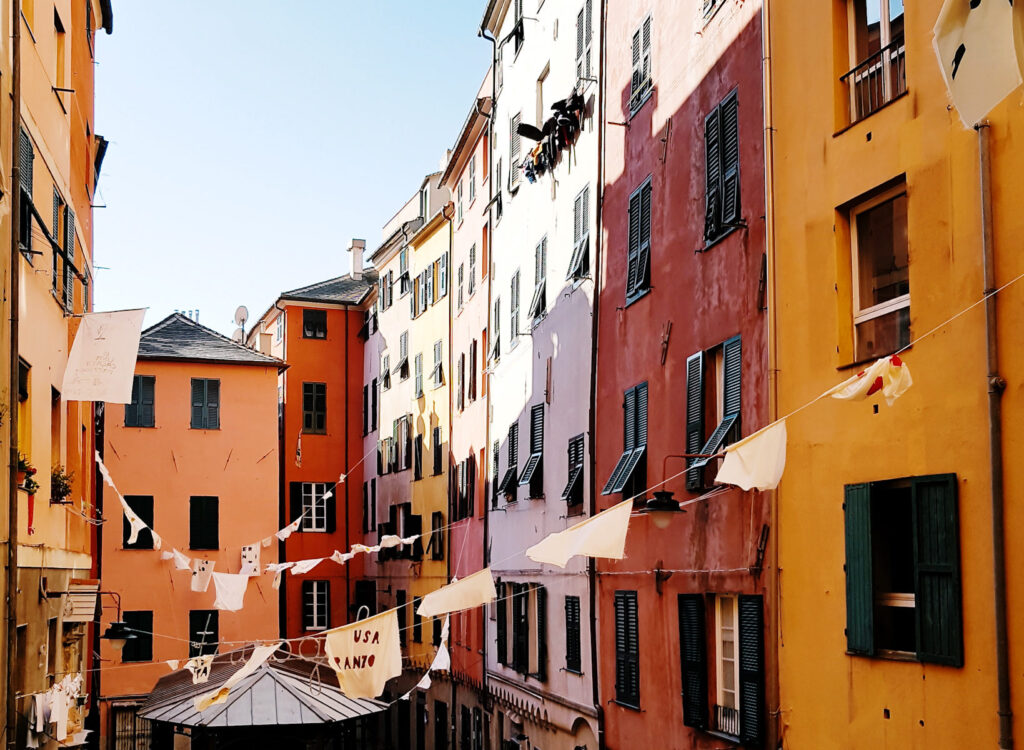
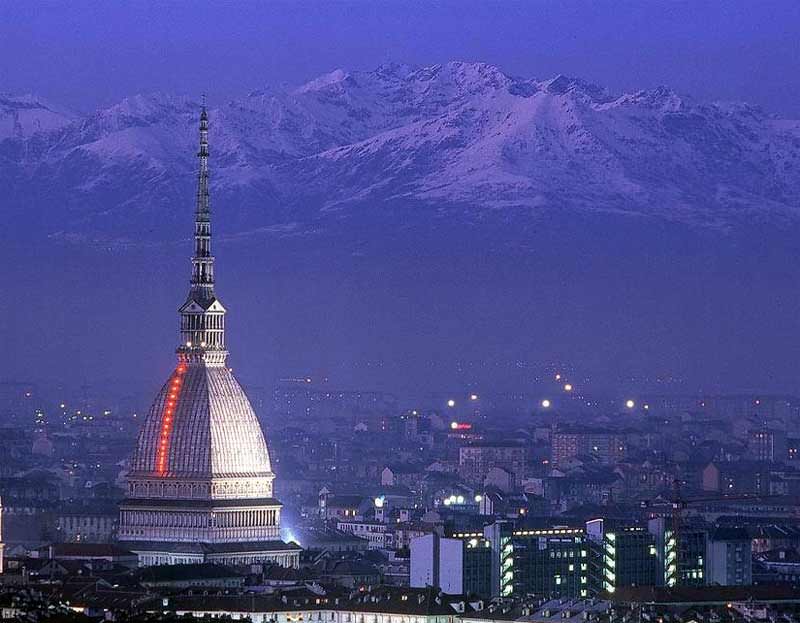
Visiting Turin in 3 days

Turin is a city rich in history, culture, and gastronomy. In 3 days, you can discover many of its main attractions. Here’s a three-day itinerary to visit Turin:
Day 1: Explore the Historic Center
Morning:
Start your visit with a stroll in Piazza Castello, the heart of Turin’s historic center. Admire the Royal Palace and visit the adjacent Palazzo Madama, home to the Civic Museum of Ancient Art.
Then head to the Cathedral of Saint John the Baptist to see the Holy Shroud.
Afternoon:
Have lunch at one of the local restaurants. Try Piedmontese specialties such as vitello tonnato or agnolotti with truffle.
After lunch, visit the Egyptian Museum of Turin, one of the most important in the world.
Evening:
Walk along the Po River and admire the illuminated Vittorio Emanuele I Bridge.
Dine at one of the riverside restaurants to savor Piedmontese cuisine.
Day 2: Art and Culture
Morning:
Visit the Sabauda Gallery, which houses a rich collection of paintings and artworks.
Next, explore the National Cinema Museum inside the Mole Antonelliana, an iconic structure of Turin.
Afternoon:
Have lunch at Eataly, a large food market with restaurants and high-quality Italian gastronomic products.
After lunch, visit the National Automobile Museum to explore the history of the Italian car.
Evening:
Stroll through the city center streets and discover fashion boutiques and gelaterias.
Dine at a local trattoria and savor traditional dishes such as risotto alla milanese or brasato.
Day 3: Exploration and Relaxation
Morning:
Take a trip out of the city to visit the Reggia di Venaria Reale, an imposing royal residence a few kilometers from Turin.
Explore the gardens and admire the Baroque architecture.
Afternoon:
Return to the city and visit the Museum of Cinema and the Museum of Decorative Arts.
Enjoy some free time for shopping or enjoy an aperitif in one of the main squares.
Evening:
For your last night in Turin, try pizza or other Italian dishes in a cozy restaurant.
You can end your visit by strolling along the Po River or enjoying a concert or show in one of the local concert halls.
This itinerary will allow you to discover many of Turin’s treasures in 3 days, but remember that the city has much more to offer, so you may want to come back to further explore your exploration.
